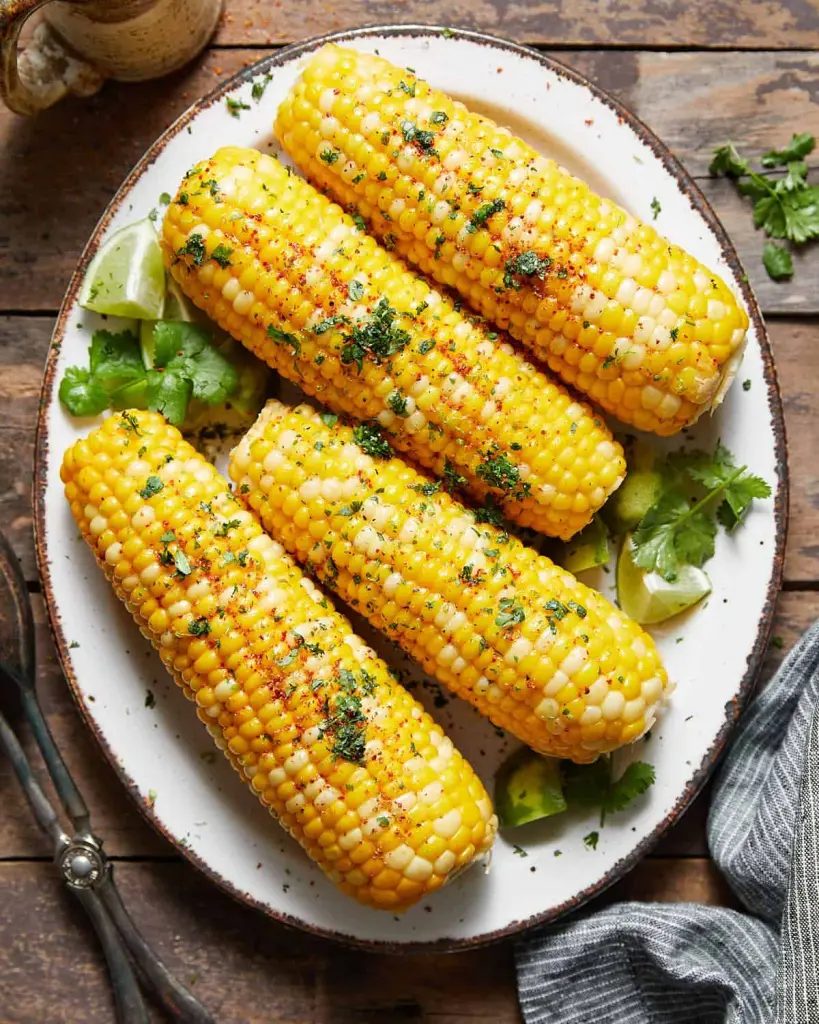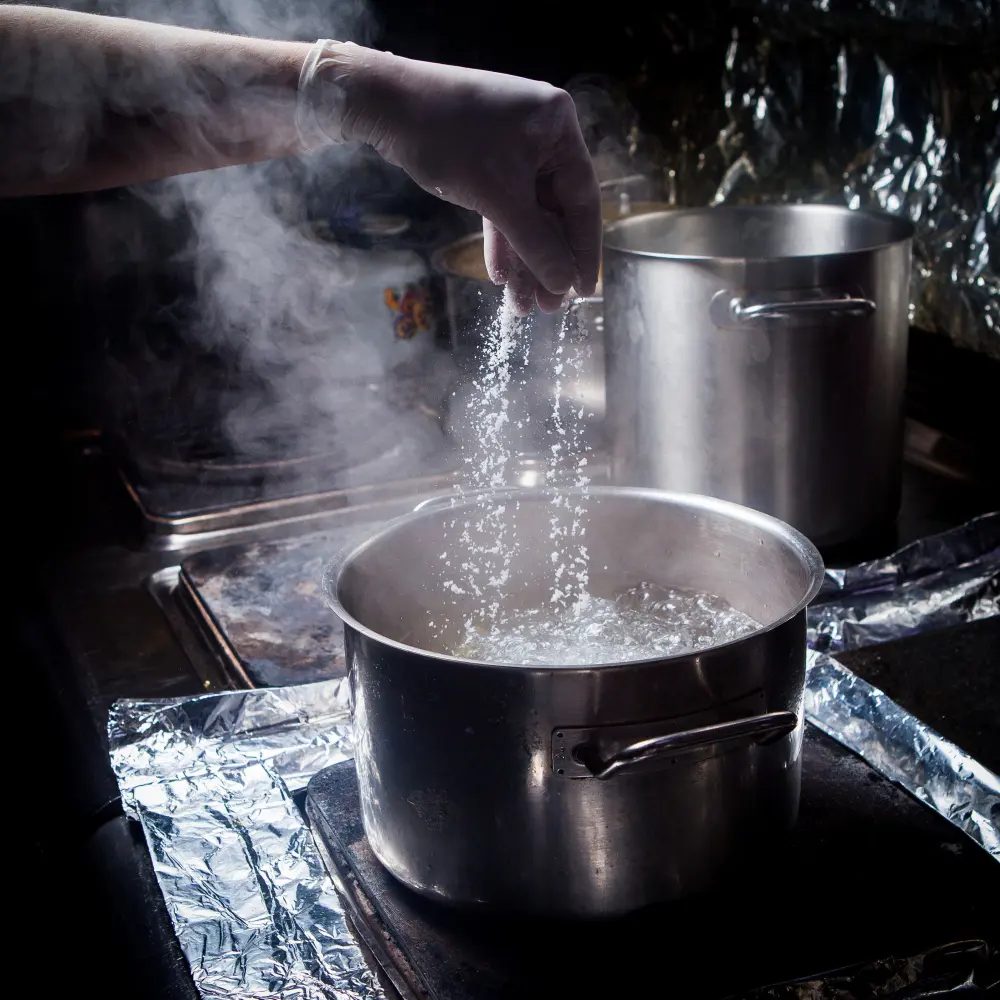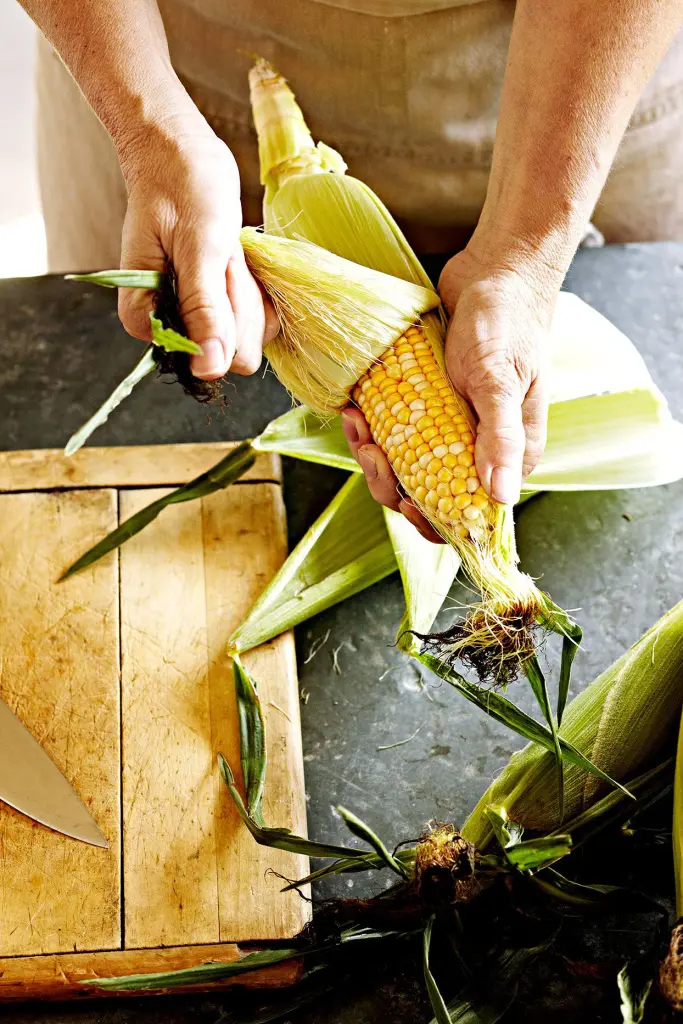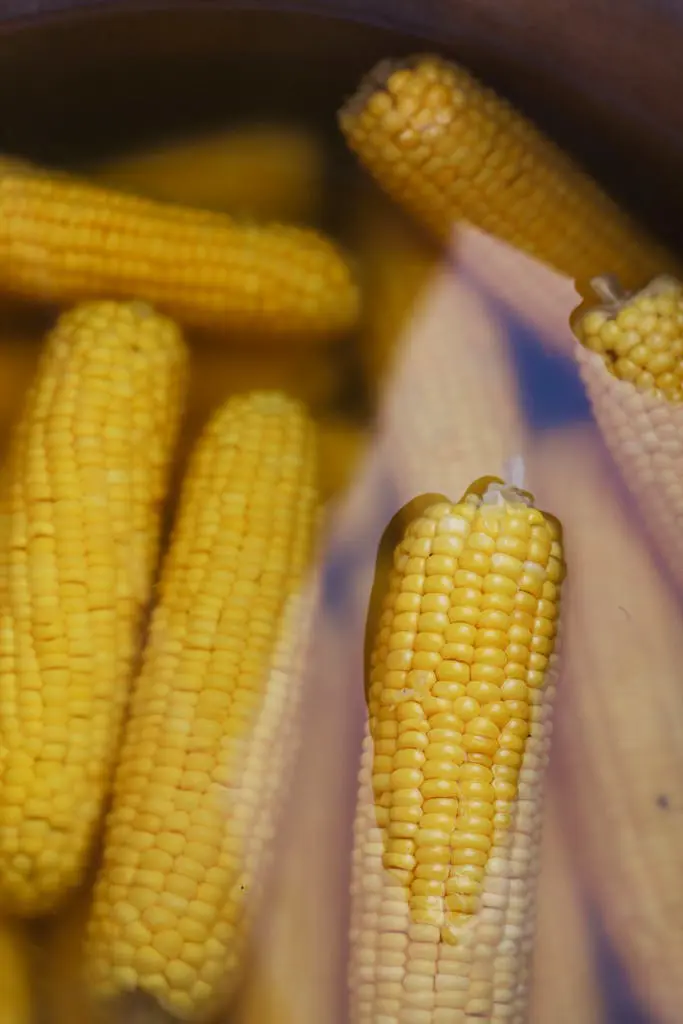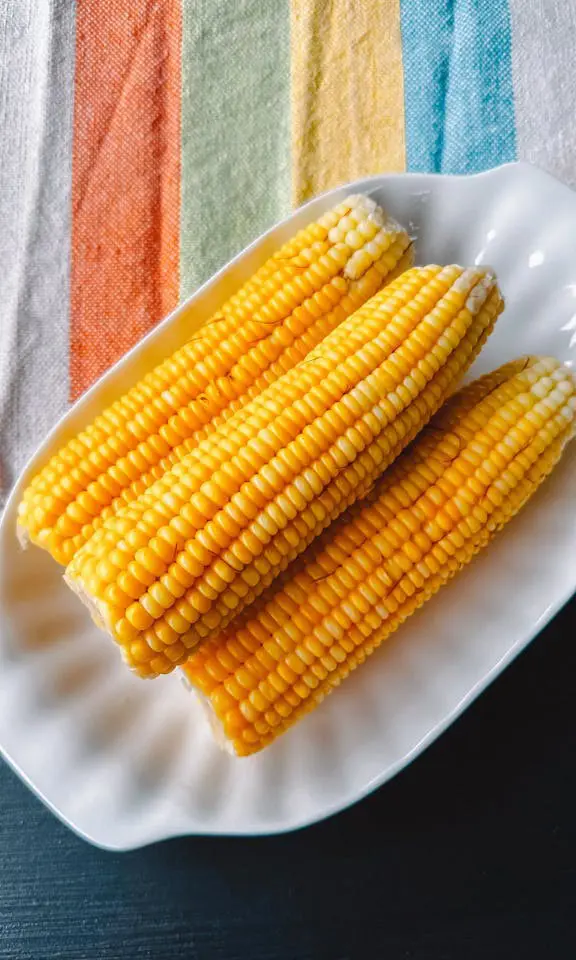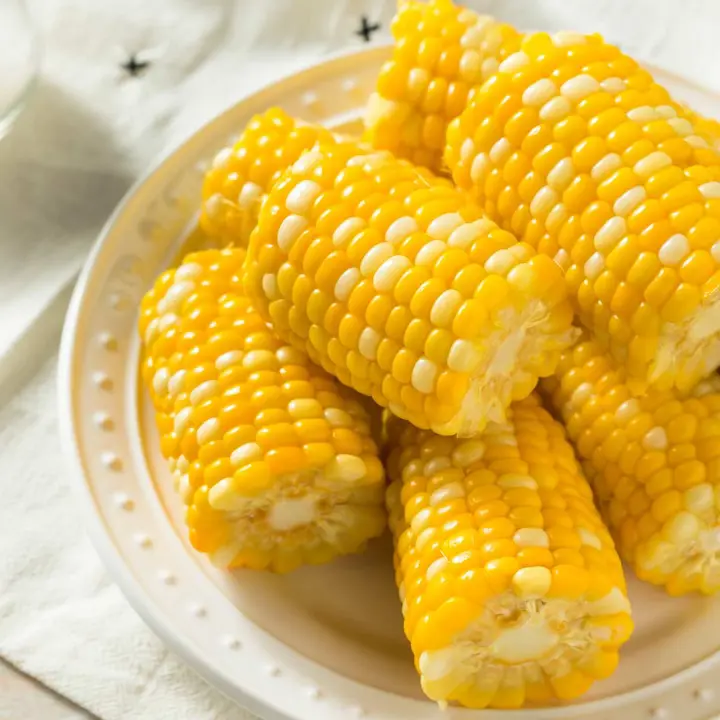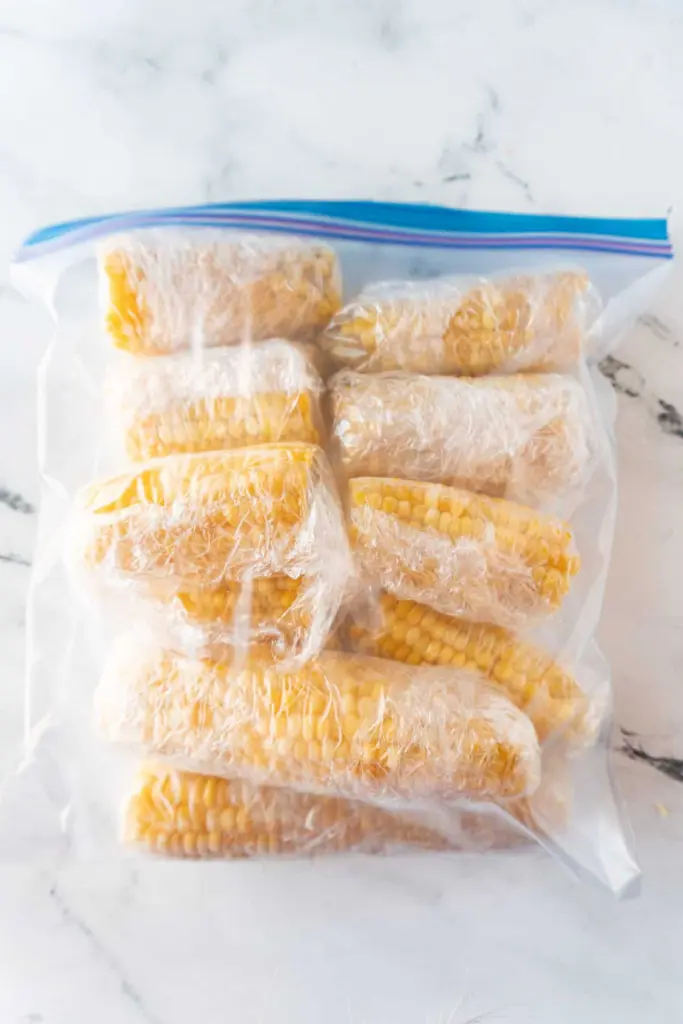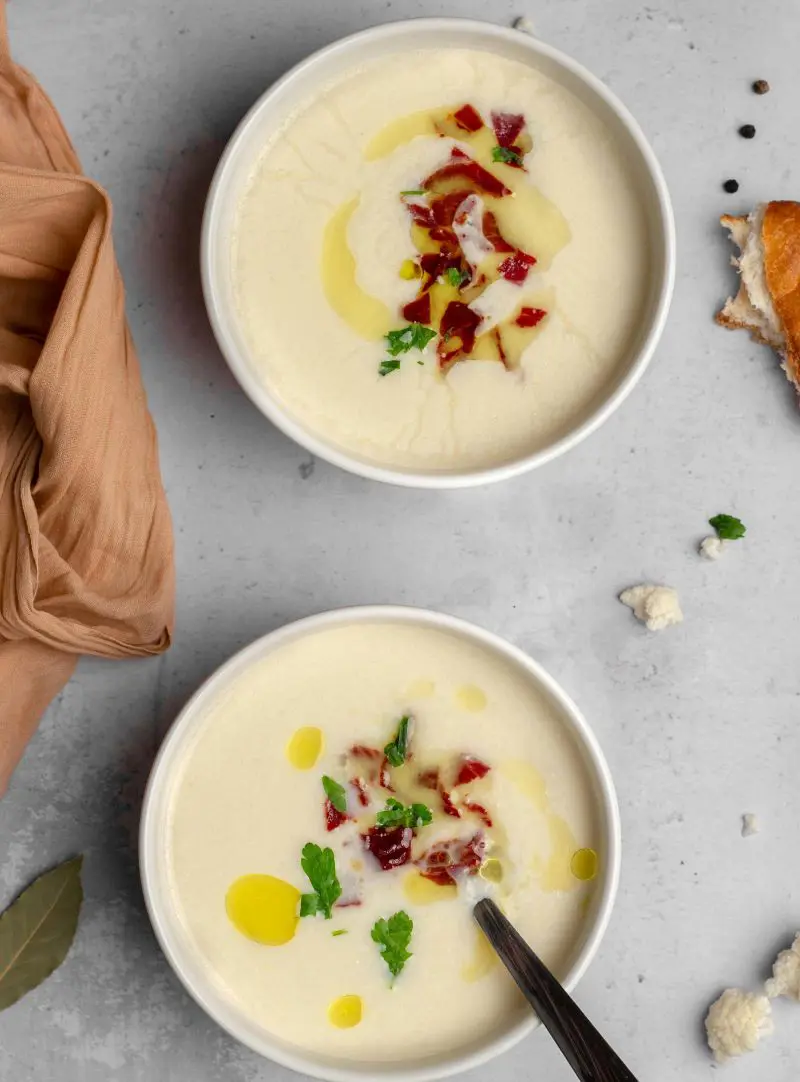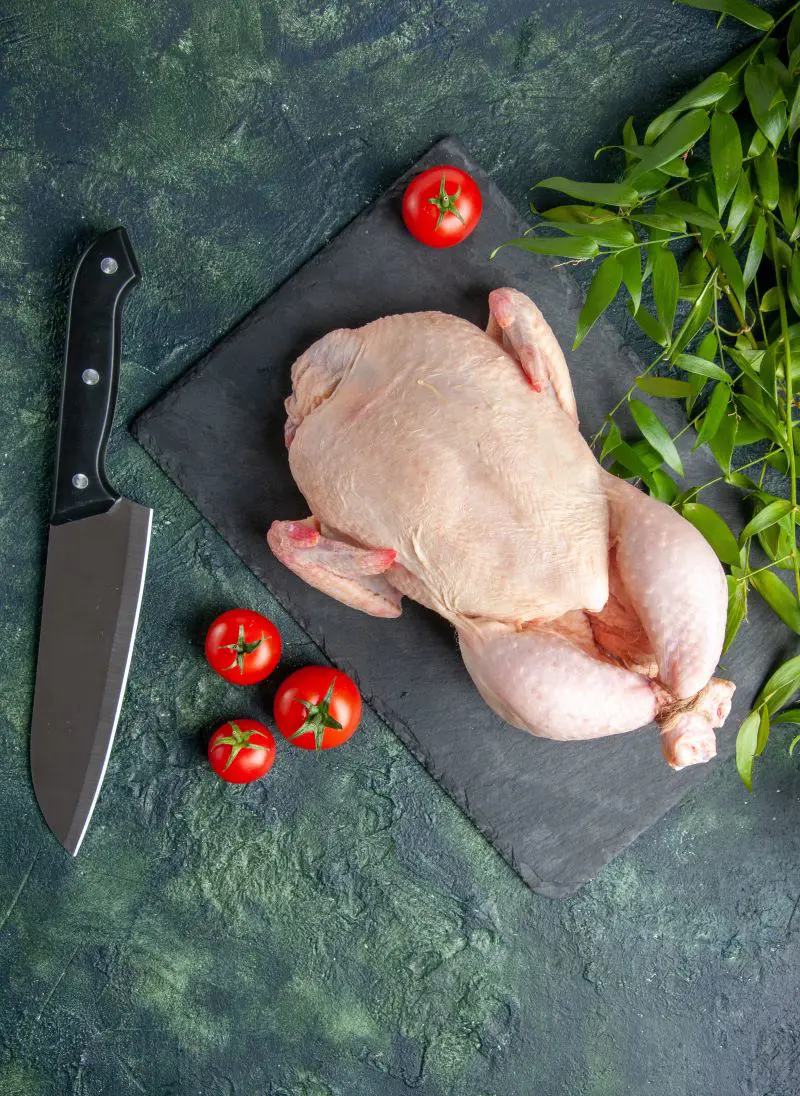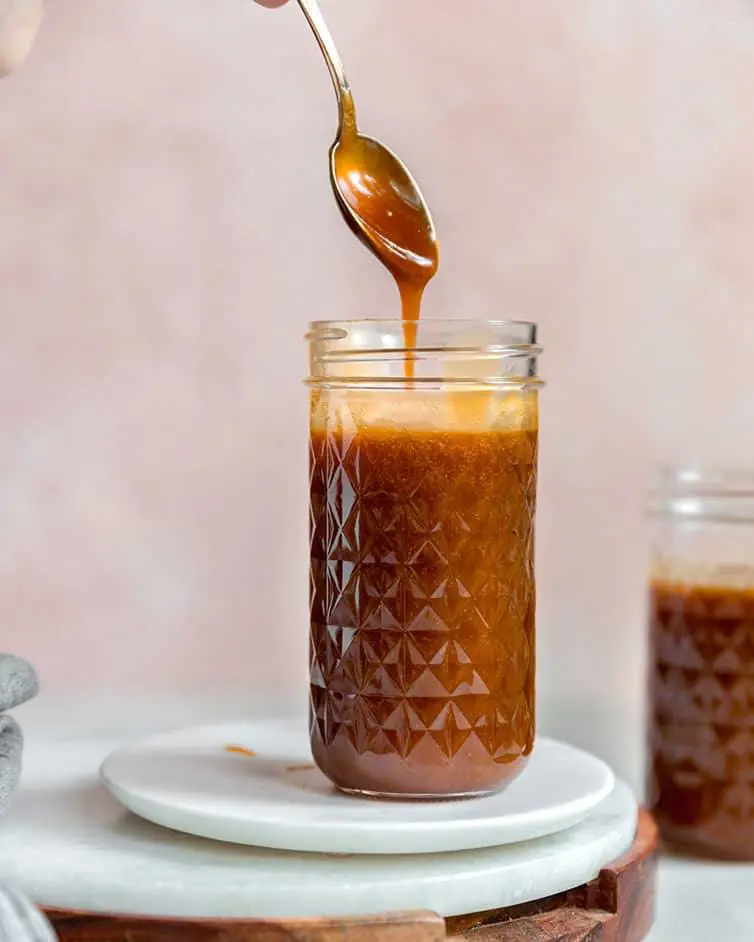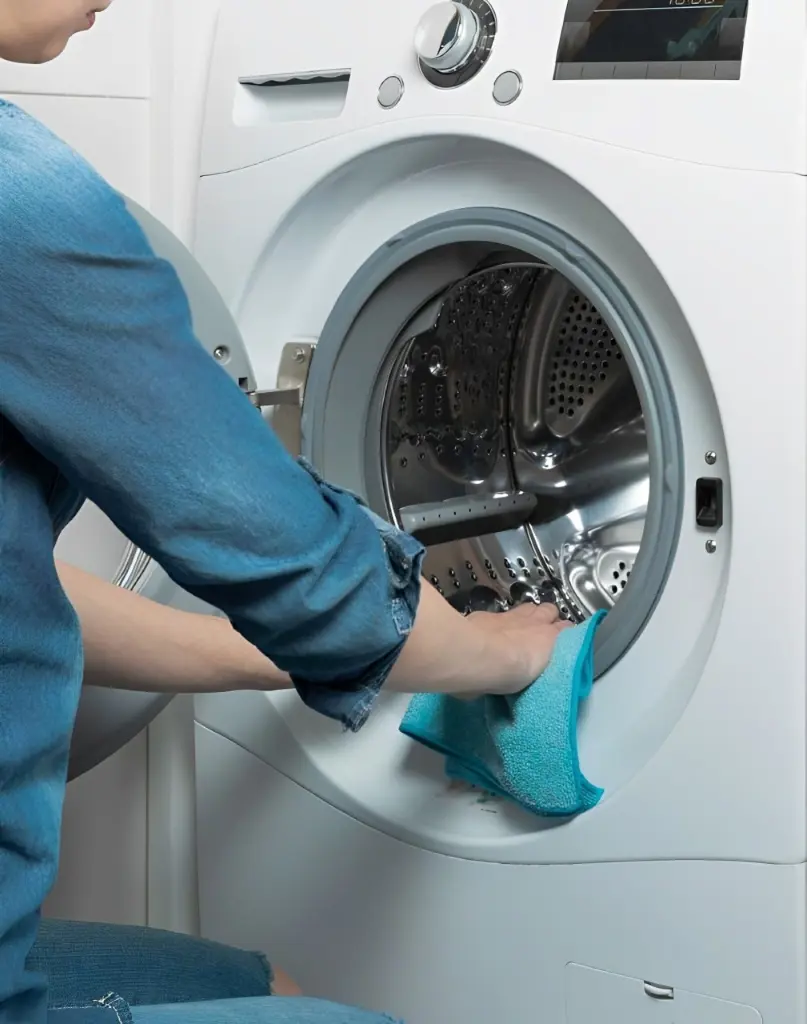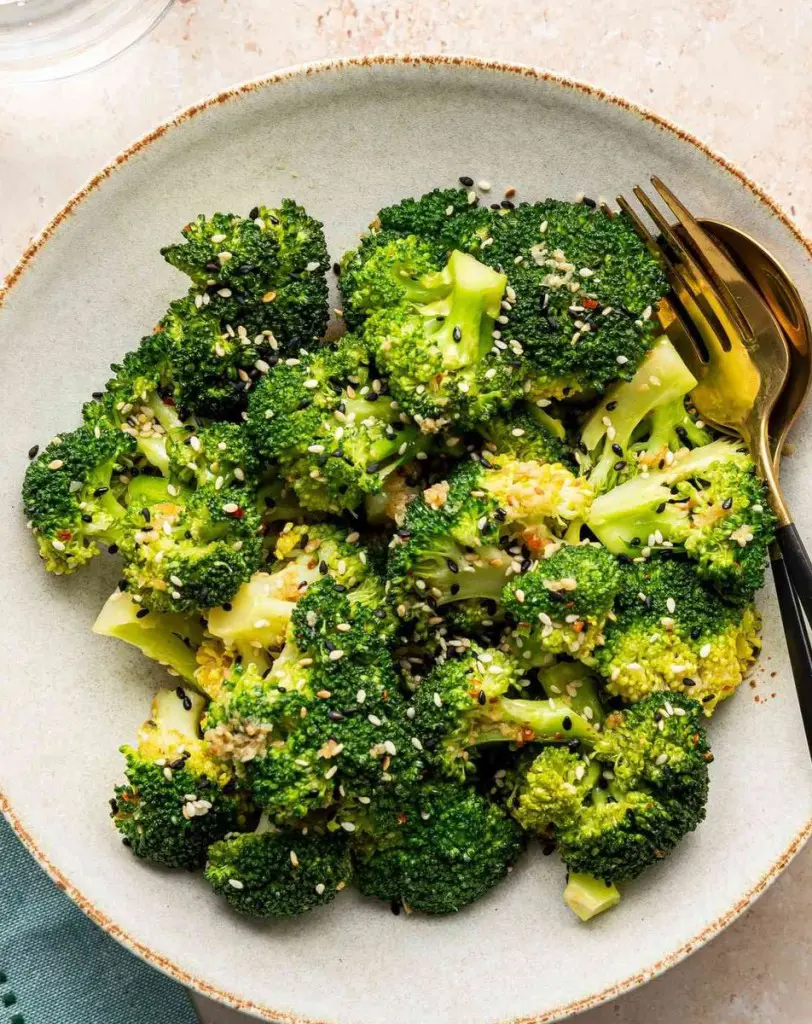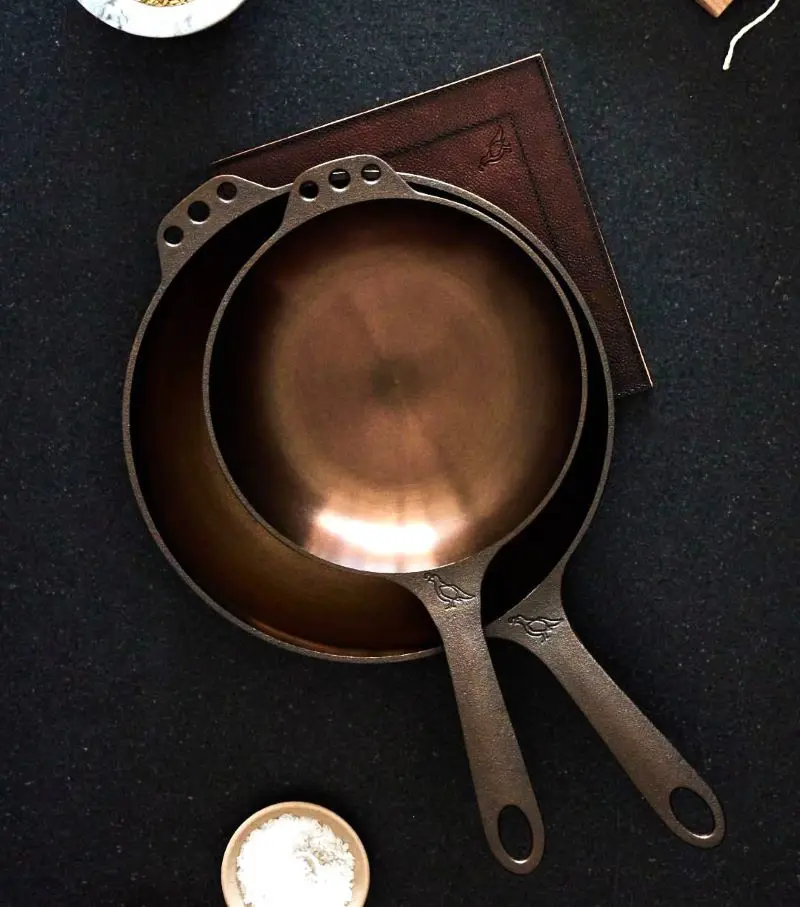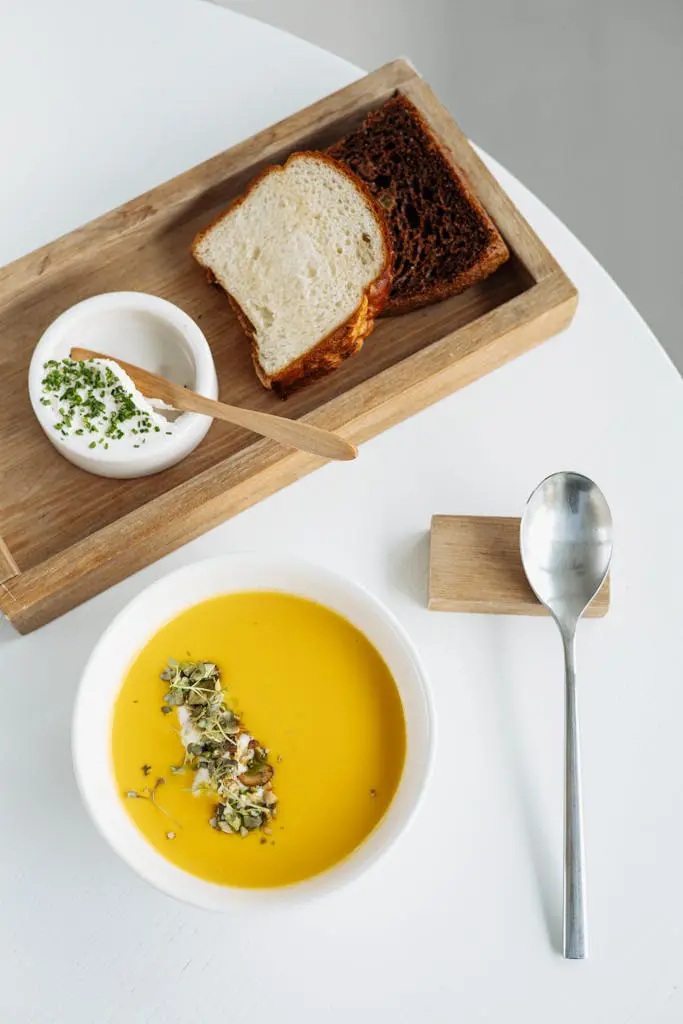Picking The Right Corn
Finding the right corn on the cob itself is half the battle done. Picking the finest and freshest cobs is going to be your number-one tip toward making the best-ever corn on the cob.
Keep the following tips in mind the next time you make a run to your grocery store:
1. Examine the husks
Fresh corn has bright green-colored husks that cling tightly to the cob from top to bottom. Whenever there are yellow or dry-looking husks, that signifies overripe corn and should be avoided.
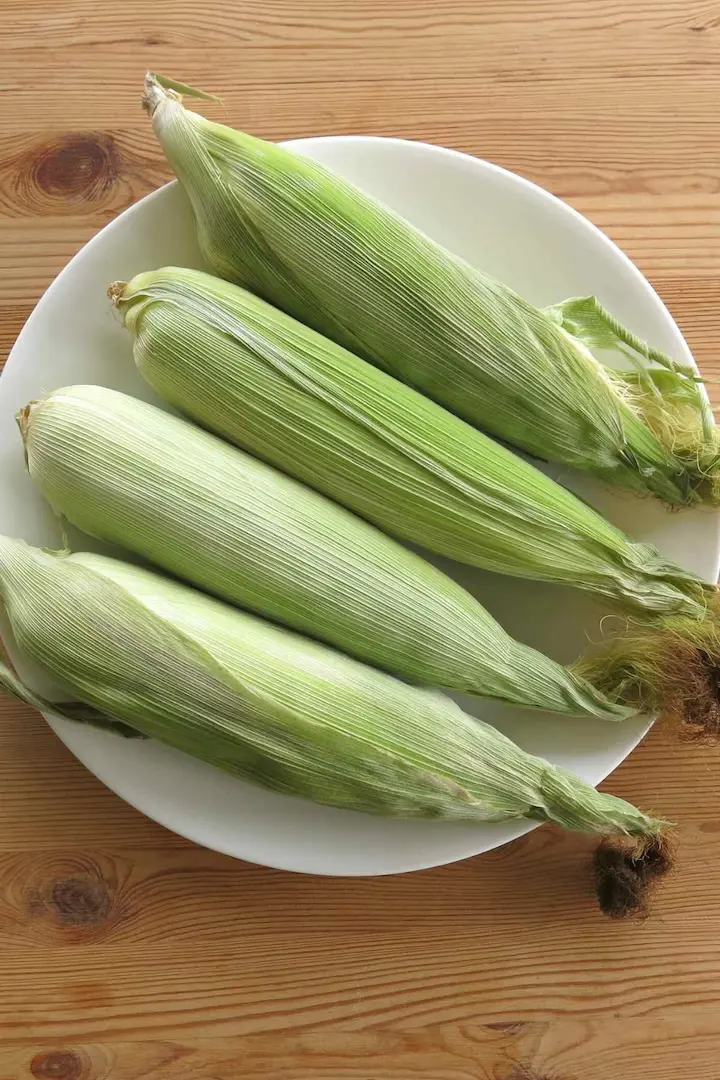
2. Pay attention to the tassels
Tassels are the silky strings coming out of the top of the corn. These should be golden in color and slightly sticky to the touch.
Avoid ears with tassels that are black or completely dry. This indicates the corn is past its peak freshness.
3. Use your sense of touch to assess the kernels
Reach through the husk, without removing it, and lightly press the kernels. They should be plump and firm to the fingers. If the cob is hollow or the kernels seem wrinkled, pick another ear.
This is the best way to tell how good the corn is without peeling open the ears at the store.
